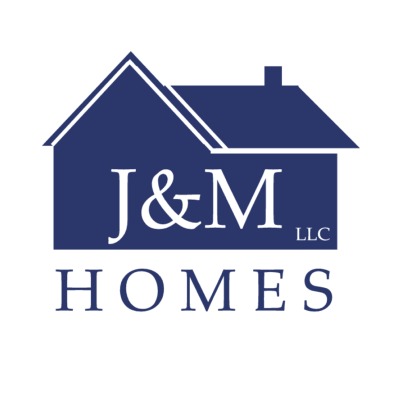For years, manufactured homes have been an attractive, comfortable and affordable option for many Floridians. These homes typically cost much less than traditional homes, but buyers still need to be vigilant. These tips can help.
1. Shop around for a good retailer.
Consumers Union found that buyers who shopped at more than three dealerships paid 9.1 percent less than buyers who didn’t. Ask retailers for names and addresses of former customers. Shun retailers who avoid quoting the overall cost of the home but instead stress that you can buy a home for so many dollars a month.
2. Seek out independent financing.
It’s okay to consider the financing options offered by retailers, but it’s important to investigate other loan sources such as commercial finance companies, banks and credit unions. You’ll likely be in a better negotiating position if you’ve lined up financing with an outside lender or can pay with cash. The Federal Housing Administration or the Veterans Administration may back a low-interest loan for your home.
3. Don’t let yourself be overly dazzled.
It’s easy to be seduced by eye-catching floor plans. The durability of your future home and a solid foundation are much more important than visual appeal and cosmetic touches.
4. Count all the costs.
Your home’s price will not include the cost of renting or buying a site for it. Additional costs include utilities, property taxes, insurance, financing charges and service fees. Make sure the price includes the cost of transporting your home to your site..
5. Borrow as little as possible.
Because interest rates on manufactured-home loans can be quite high, try hard not to wrap every single cost associated with your home purchase into your loan.
For years, manufactured homes have been an attractive, comfortable and affordable option for many Floridians. These homes typically cost much less than traditional homes, but buyers still need to be vigilant. These tips can help.
6. Visit several communities.
This will make it possible for you to compare services and costs. Examine each community’s rules and take the time to speak with residents of different communities and get their input and advice.
7. Brace yourself for extras.
Many communities require anchors, steps with handrails for every outside door and skirting to protect the foundation structure. Such extras can add 15 percent to the cost of your home.
8. Demand good warranty protection.
Find out which warranties are offered by the home manufacturer, the retailer, the transporter, the installer and the appliance manufacturers. Make sure you understand the differences between the manufacturer’s and the retailer’s responsibilities in setting up and servicing your home.
9. Beware of unexpected rent increases.
After using low rental fees to fill up a new community, owners sometimes sell the property to a management company that substantially raises the rent. To avoid this, look for a long-established community or one that is being developed by a company for long-term investment purposes.
10. Ask plenty of questions.
Find out if there are any requirements or restrictions when you sell your home, and ask about provisions to protect you if the community owner sells the property for another purpose.

